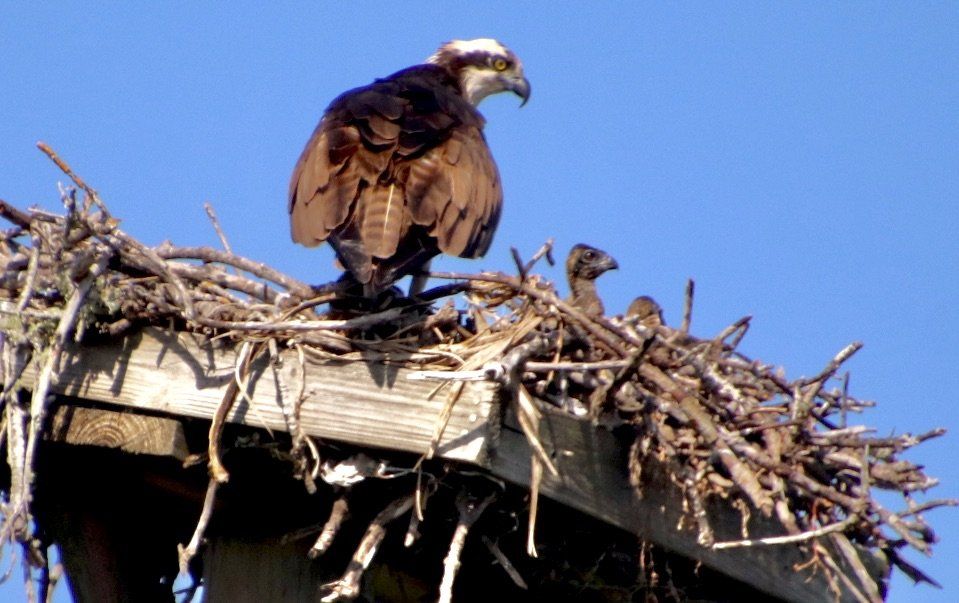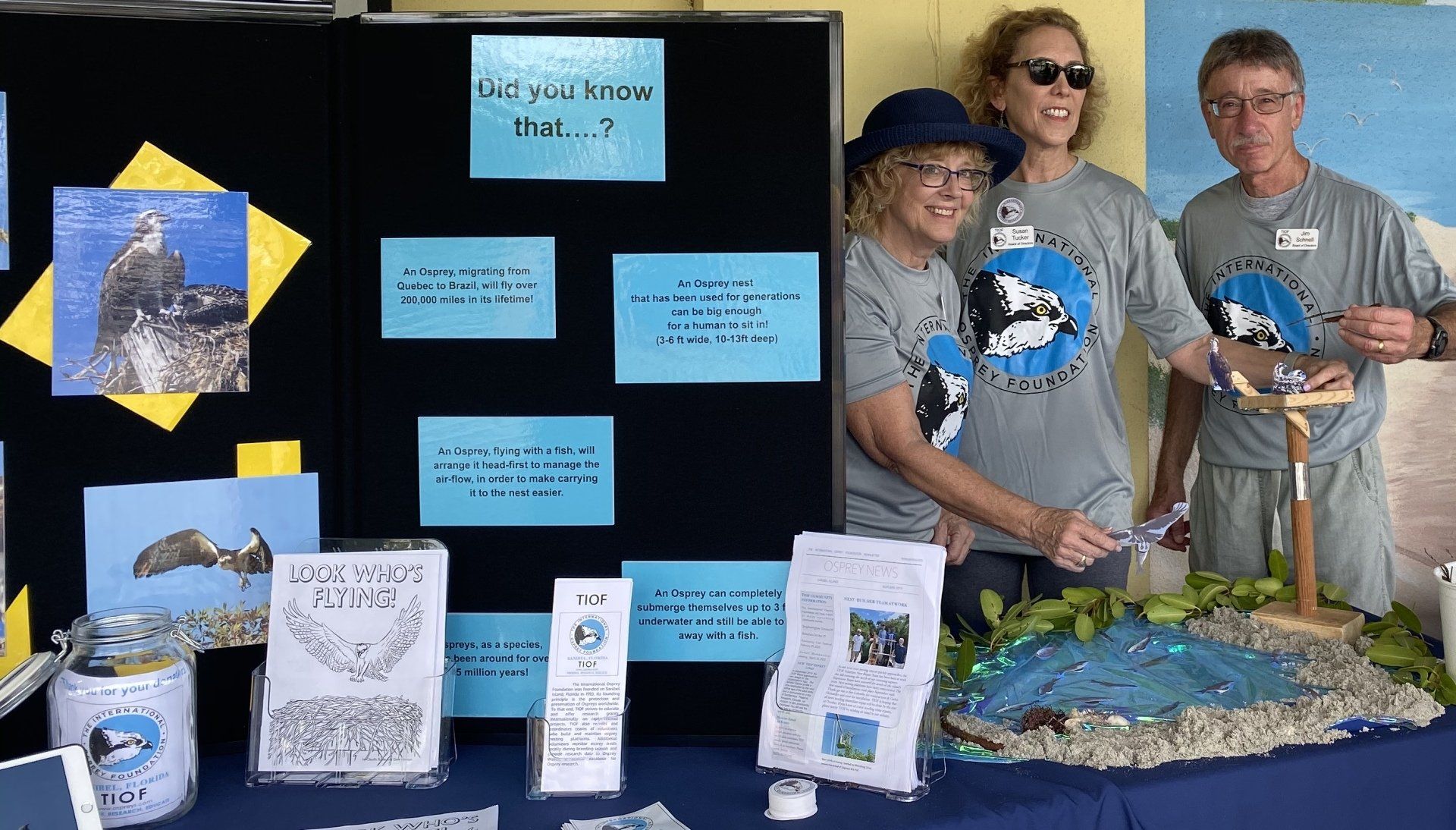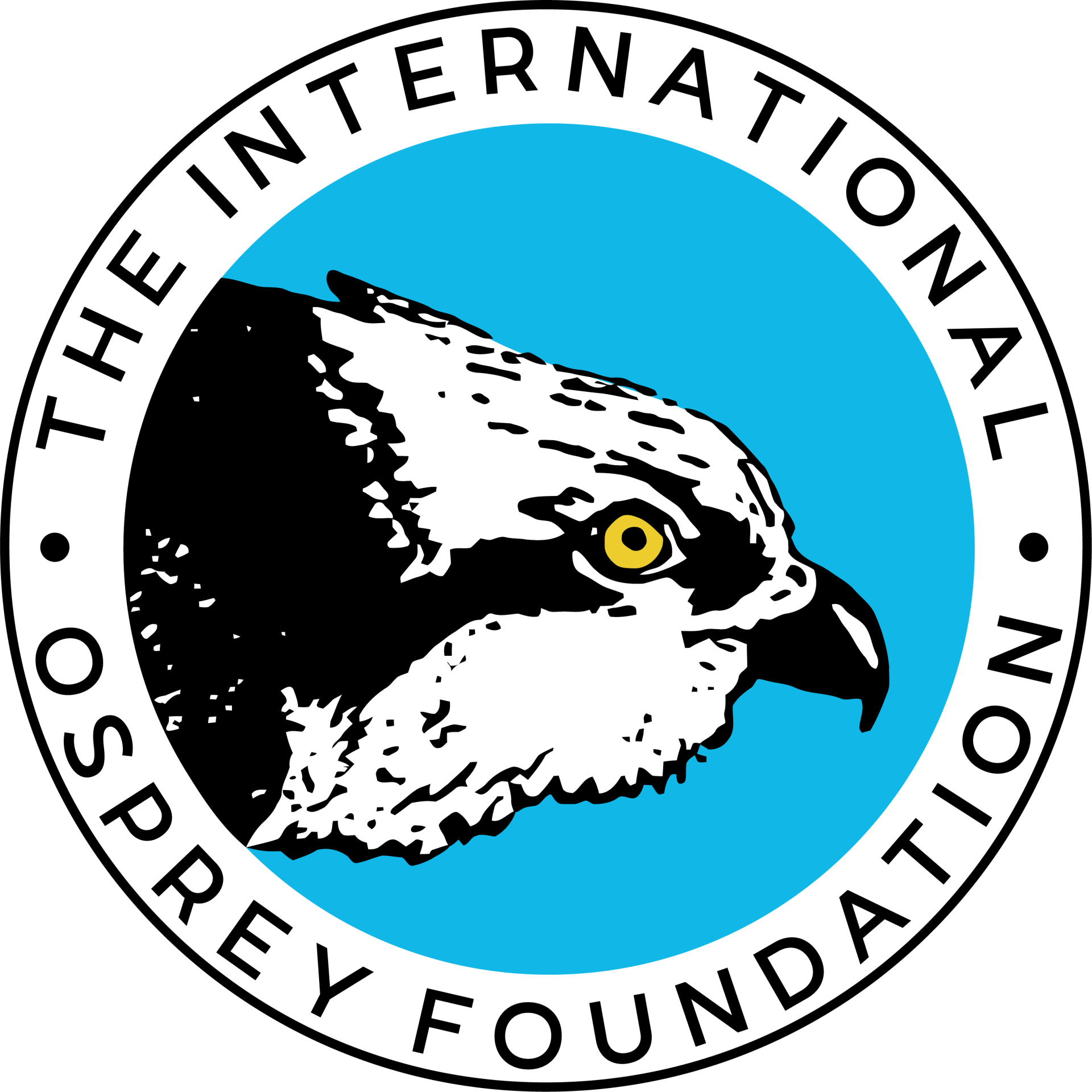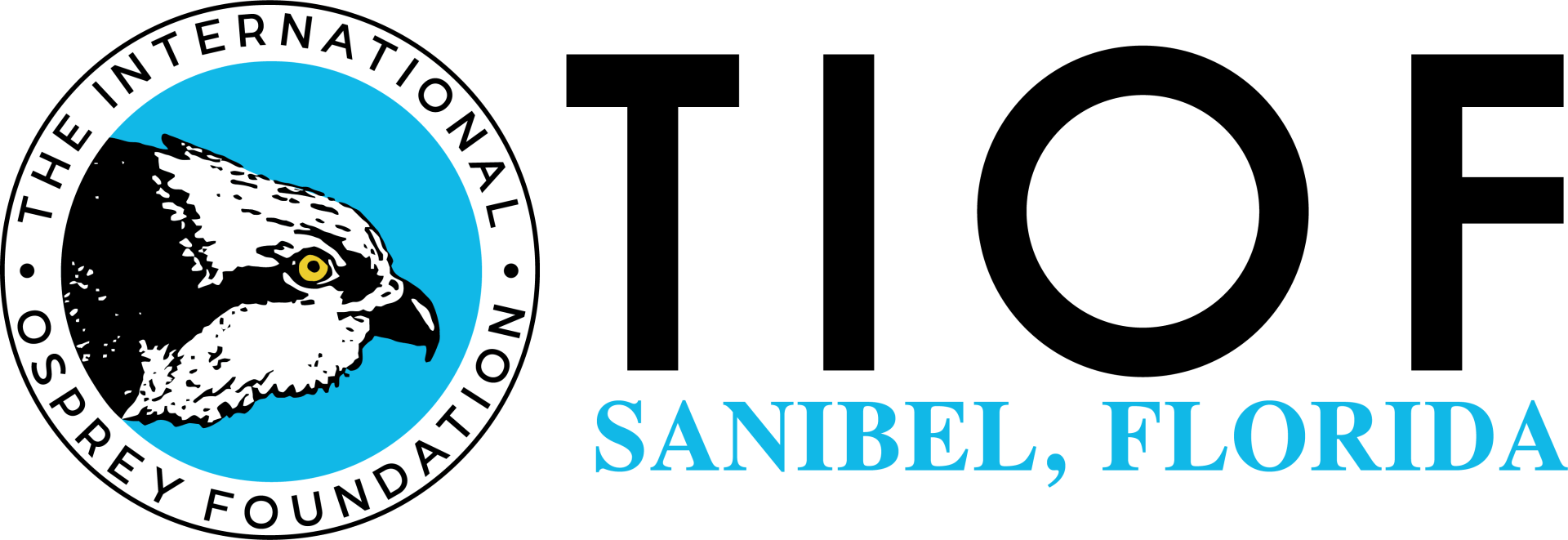Nest Monitoring
Why We Monitor
We all remember Silent Spring, Rachel Carson’s epic book warning us all about the dangers of pesticides like DDT. Unfortunately, this book is still relevant today. In the world we now live in, the Osprey is the “canary in the coal mine.” The Osprey along with other raptors, is considered a sentinel species, alerting us to the changing environmental conditions in the ecosystem they inhabit, and share with us, their neighbors.
Dedicated Volunteers
Forming the backbone of TIOF is our dedicated group of volunteers who monitor the local nests of southwest Florida’s island communities during breeding season. The data helps to inform those entrusted with decision-making about water quality and other environmental impacts that affect the Osprey, along with other raptors.
Use the links below to download important forms and find relevant information for nest monitoring.
Related Articles


Keep Browsing
Contact Us
Kathryn Brintnall, President
Phone:
239-763-5577
Email:
tiof@outlook.com
Address:
P.O. Box 250, Sanibel Island, FL 33957
Copyright The International Osprey Foundation | All Rights Reserved | Designed by Yeppy Marketing & Web Design

